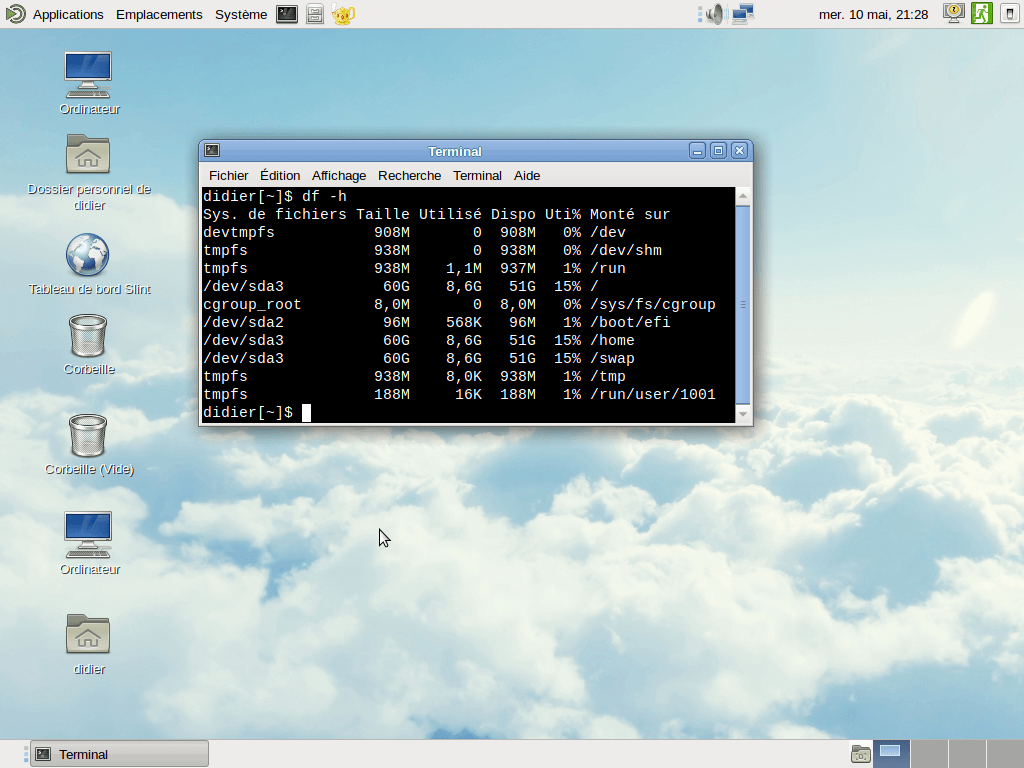Slint is an easy-to-use, versatile, blind-friendly Linux distribution for 64-bit computers.
Slint is based on Slackware and borrows tools from Salix.
Features include:
- Stable distribution. However, accessibility software is regularly updated, others may be updated on a case by case basis.
- The included software, among which the MATÉ and LXQt desktops (with XFCE installed on-demand), cover most needs. Many others are available in repositories maintained by Salix and Slackware that are fully compatible with Slint.
- Slint can be used in console and graphical modes and can be switched between these modes without restarting. It is even possible to launch several graphical environments and switch between them.
- Easy-to-use tools facilitate system administration and software package management. Updates are fully automatic, under user control.
- The Slint dashboard gives direct access to the main tools and useful information and links.
- By default, a compressed swap space in RAM allows doubling the usable memory.
- Slint can be installed on any 64-bit machine with at least 2G of memory, and 50G available on any medium including USB keys, without secure boot.

| Working state: | Active |
| Desktop: | MATE, LXQt, XFCE |
| Init Software: | SysV |
| Package Management: | TXZ |
| Release Model: | Fixed |
| Platforms: | x86_64 |
| Home Page: | slint.fr |
| Developer: | Didier Spaier |
| This article is part of our Big List of Active Linux Distributions. |
What's a Linux distribution ("distro")? |
| A distro provides the user with a desktop environment, preloaded applications, and ways to update and maintain the system. Each distro makes different choices, deciding which open source projects to install and provides custom written programs. They can have different philosophies. Some distros are intended for desktop computers, some for servers without a graphical interface, and others for special uses. Because Linux is an open source operating system, combinations of software vary between Linux distros. |
